What is a Home Loan?
A home loan, often referred to as a mortgage, is a financial agreement between a borrower and a lender that allows the borrower to purchase a residential property. This type of loan is secured by the value of the property itself, which means that if the borrower fails to make the required payments, the lender has the right to take possession of the home through a process known as foreclosure.
There are various types of home loans available to prospective buyers, each offering different benefits and drawbacks. One of the most common types is the fixed-rate mortgage, which provides a stable interest rate throughout the life of the loan. This predictability allows borrowers to budget effectively, as their monthly payments remain consistent over time.
Another option is the adjustable-rate mortgage (ARM), where the interest rate is subject to change based on market conditions after an initial fixed period. While ARMs may offer lower initial rates, borrowers should be cautious, as payments can increase significantly after the adjustment period. Additionally, interest-only loans allow borrowers to pay only the interest for a specific period before they begin paying down the principal, though this can lead to larger payments later on.
The primary purpose of obtaining a home loan is to enable individuals and families to finance the purchase of a property that may otherwise be unattainable. Home loans play a crucial role in the real estate market by facilitating homeownership, contributing to community stability, and stimulating economic growth. Lenders, such as banks and credit unions, assess the borrower’s creditworthiness and financial situation to determine approval and the terms of the mortgage. Understanding these key elements is essential for first-time buyers embarking on the homeownership journey.
Home Loans
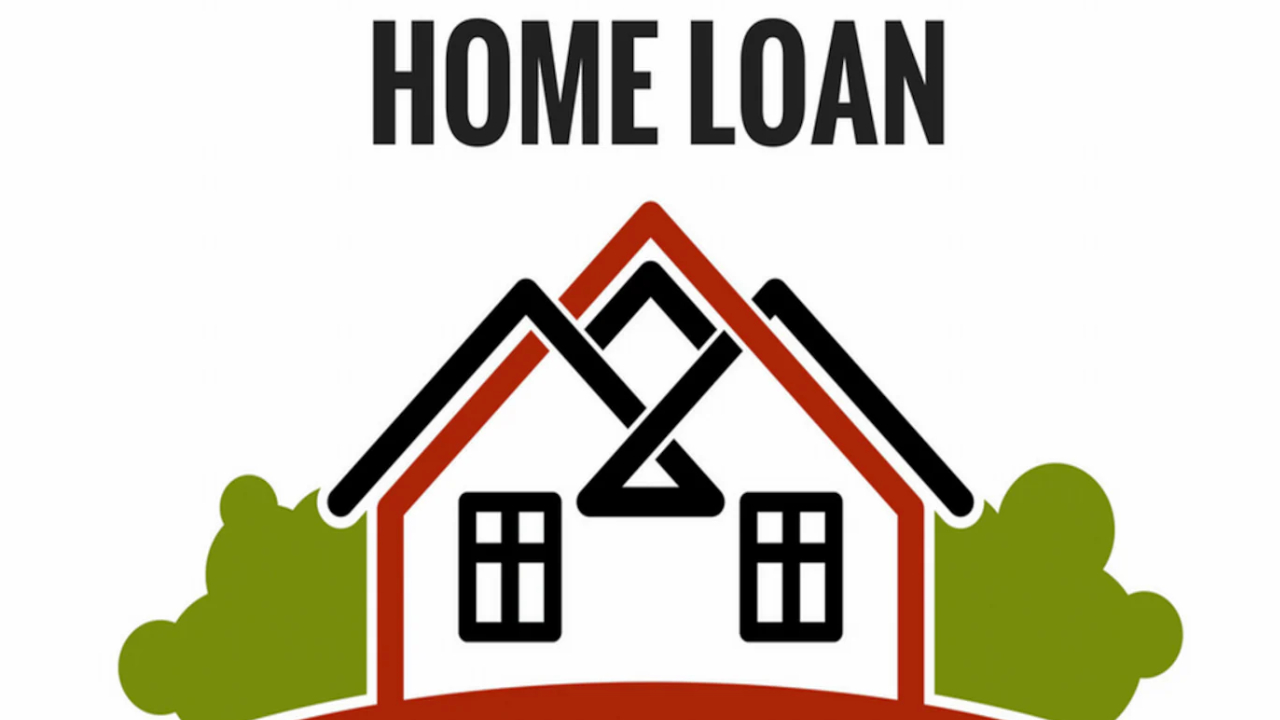
When embarking on the journey to homeownership, understanding the various types of home loans is crucial for first-time buyers. Each loan type comes with its own set of eligibility requirements, benefits, and drawbacks, which can significantly impact the overall home buying experience. The most common types include conventional loans, FHA loans, VA loans, and USDA loans.
Conventional loans are traditional mortgages not insured by the federal government. They generally require a higher credit score and a larger down payment, making them suitable for buyers with stable financial backgrounds. The main advantage lies in the absence of mortgage insurance if a down payment of 20% or more is made. However, borrowers with lower down payments might face added costs in the form of private mortgage insurance (PMI).
FHA loans, backed by the Federal Housing Administration, are designed for low to moderate-income buyers with lower credit scores. These loans require a minimum down payment of just 3.5% and are popular among first-time homebuyers. While the ease of qualification is a definite plus, borrowers must account for mortgage insurance premiums, which can increase monthly payments.
VA loans are specifically tailored for eligible veterans, active-duty service members, and some surviving spouses. These loans do not require a down payment or mortgage insurance, making them a highly attractive option for those who qualify. However, there is a funding fee associated with VA loans, which can add to the overall cost.
Lastly, USDA loans, offered by the United States Department of Agriculture, are aimed at rural homebuyers. They require zero down payment and are designed for households earning low to moderate incomes in eligible rural areas. Although the benefits are compelling, borrowers may face income restrictions and must ensure their property is located in a designated rural zone. Understanding these options will assist first-time buyers in making informed choices that align with their financial circumstances.
Understanding Mortgage Terms
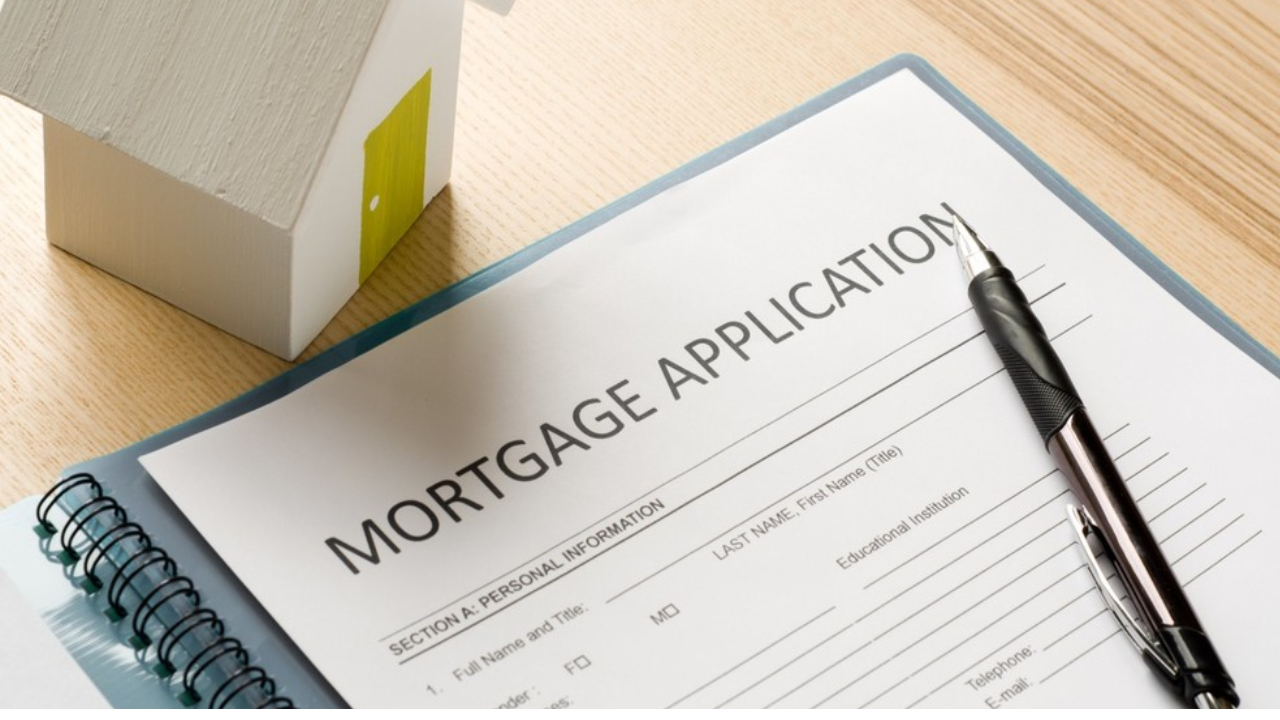
For first-time home buyers, navigating the landscape of mortgage terminology can be daunting. Familiarizing yourself with essential terms is crucial for making informed financial decisions. The first term to understand is the down payment. This refers to the initial payment made towards the purchase price of a property. Typically expressed as a percentage of the total price, the down payment can vary widely. A larger down payment often results in lower monthly payments and may eliminate the need for private mortgage insurance (PMI).
The next important term is the loan-to-value ratio (LTV), which compares the size of the mortgage to the appraised value of the property. For example, if you are purchasing a home valued at $200,000 and you put down $20,000, your LTV would be 90%, as your mortgage would be $180,000. A lower LTV can qualify you for better loan terms and lower interest rates, making it advantageous for buyers to aim for a substantial down payment.
Private mortgage insurance (PMI) is another critical concept for buyers putting down less than 20% of the home’s purchase price. PMI protects the lender in case of default, which means that borrowers will incur additional monthly costs until they build sufficient equity in their home. This cost can significantly impact your overall monthly mortgage payment, so understanding it is essential.
Lastly, amortization refers to the process of spreading out the loan payments over time. A standard mortgage is typically amortized over 15 to 30 years, allowing borrowers to pay off their debt gradually. Each monthly payment consists of both principal and interest, and in the early years, a larger portion goes towards interest. Recognizing how amortization works can help you grasp the long-term financial commitment associated with home loans.
The Home Loan Application Process

The journey of securing a home loan begins with the crucial step of pre-approval. This process involves potential borrowers submitting a loan application to a lender, who will then conduct a thorough assessment of their financial status. Key documentation required during this stage includes proof of income, tax returns, bank statements, and details about outstanding debts. Pre-approval not only helps buyers understand the loan amount for which they qualify, but also strengthens their position when making an offer on a property.
Once pre-approved, borrowers should focus on improving their credit scores, as lenders base their decisions on the creditworthiness of applicants. To enhance one’s credit profile, it is advisable to pay down outstanding debts, ensure timely payments for existing accounts, and avoid opening new lines of credit in the lead-up to applying for a loan. These steps can significantly impact the interest rates and terms offered by lenders.
Next, applicants will need to finalize their choice of the lender. Different institutions may offer various products, interest rates, and fees, making it essential to shop around before committing. Once a lender has been selected, borrowers will formally submit their application. Lenders will evaluate key criteria such as employment stability, income level, and current financial obligations, to determine the applicant’s ability to repay the loan.
Following the assessment, a loan estimate will be provided, detailing the terms and conditions, as well as the estimated closing costs. It is important to review this document carefully and ask questions to clarify any uncertainties. After acceptance of the loan estimate, the final steps in the home loan application process involve underwriting, where a lender will conduct a thorough examination of all submitted documents and potentially order an appraisal of the property. Finally, upon approval, borrowers will attend the closing meeting to finalize their home loan, sign necessary documents, and officially become homeowners. Being aware of common pitfalls, such as neglecting to disclose certain financial information or making significant purchases during the application process, contributes to a smoother experience overall.
Calculating Your Budget for a Home Loan
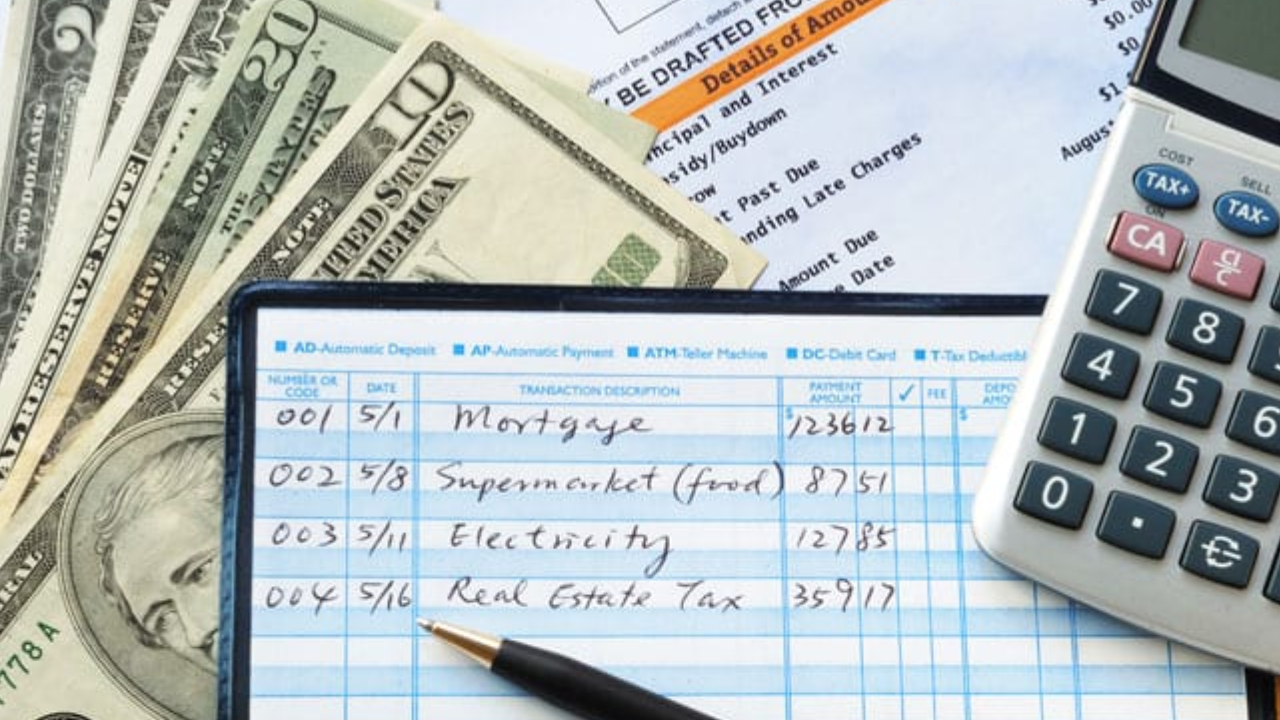
When considering taking out a home loan, the first essential step is to assess your financial situation thoroughly. Understanding your financial landscape will enable you to determine how much of a home loan you can afford. Begin by evaluating your income, including any side earnings, bonuses, or commissions that contribute to your overall financial picture. Regular income establishes a baseline for your potential monthly mortgage payments.
Next, take into account your current debts. This may include outstanding loans, credit card balances, or any other financial obligations. Lenders typically calculate your debt-to-income ratio (DTI), which illustrates the percentage of your income used for debt repayment, thereby influencing your loan eligibility. It’s prudent to aim for a DTI of 36% or lower to ensure you maintain a healthy balance between debt obligations and available income.
Additionally, consider your ongoing expenses. Monthly living costs, such as utilities, groceries, and transportation, can significantly impact the funds available for a home loan. Keeping a detailed budget helps in identifying regular expenses, which provides clarity on how much you can comfortably allocate towards your mortgage.
Once you have a comprehensive overview of your finances, you can employ various financial tools and calculators available online. These resources can help simulate potential loan scenarios based on your income, debts, and expenses. Many calculators enable you to input different interest rates and loan terms, providing insights into monthly payments and total interest paid over the life of the loan. Such tools reinforce informed decision-making, allowing first-time buyers to navigate the home loan process with greater confidence and precision.
Interest Rates and How They Affect Your Loan
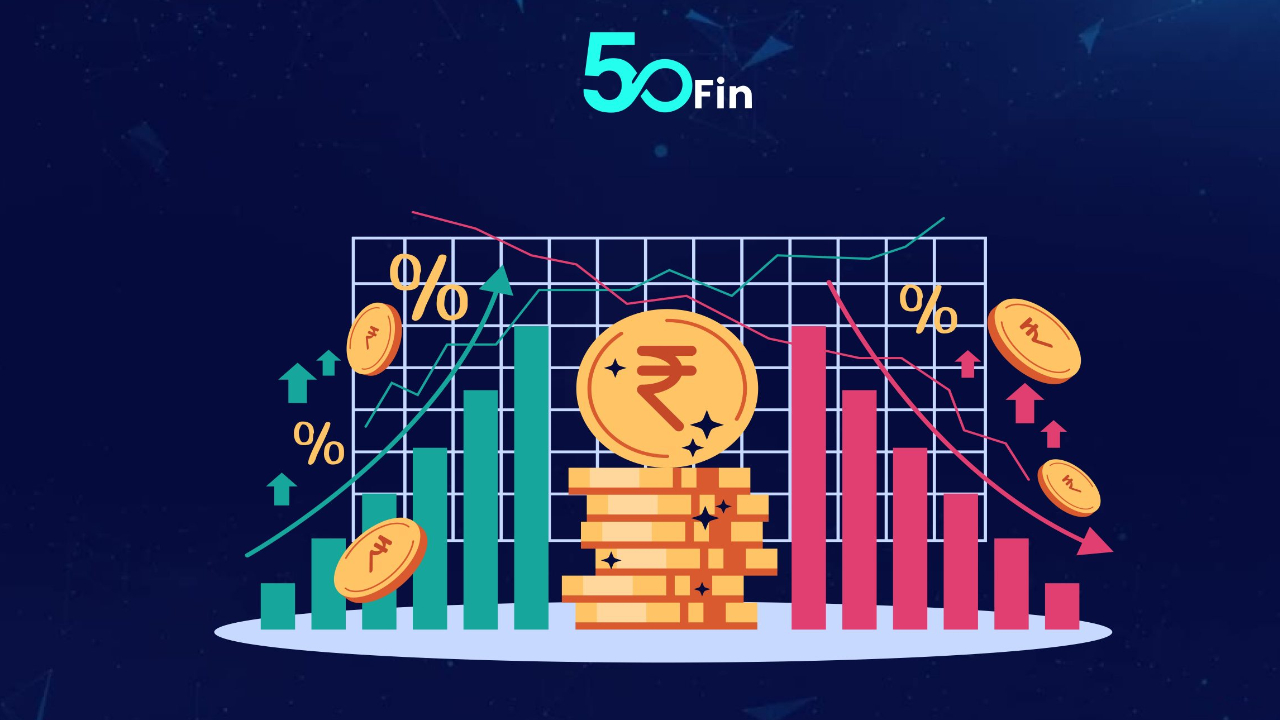
Understanding interest rates is crucial for first-time home buyers, as they significantly impact the total cost of a mortgage. Interest rates are generally influenced by various factors including economic conditions, central bank policies, and inflation rates. When the economy is strong, interest rates tend to rise to prevent overheating. Conversely, during economic downturns, central banks may lower rates to stimulate borrowing and spending. For prospective homeowners, securing a lower interest rate can result in substantial savings over the life of a loan.
There are two primary types of interest rates available to borrowers: fixed and variable (or adjustable) rates. A fixed interest rate remains the same throughout the term of the loan, providing stability in monthly payments and long-term budget predictability. This is particularly advantageous for borrowers who plan to stay in their homes for an extended period. On the other hand, a variable interest rate can fluctuate based on market conditions, which may lead to lower initial payments but can also result in unpredictable costs. It is important for buyers to weigh the benefits and risks of each option based on their financial circumstances and long-term goals.
Timing the market is also critical when applying for a home loan, as interest rates can change frequently. Monitoring current market trends will help buyers determine the best moment to lock in a favorable rate. Many lenders offer rate locks, allowing borrowers to secure a fixed interest rate for a designated period, even if rates rise before closing. By strategically evaluating market conditions and securing a competitive interest rate, first-time buyers can enhance their overall affordability and financial well-being. Understanding the nuances of interest rates will empower homebuyers to make informed decisions when pursuing their dream of homeownership.
The Role of Down Payments

When navigating the landscape of home loans, understanding the importance of down payments is crucial for first-time buyers. A down payment represents the initial sum of money a buyer puts towards the purchase price of a home. Typically, lenders require a down payment ranging from 3% to 20% of the home’s total price, though this can vary based on the lending institution and specific loan programs. It is essential to recognize that the size of the down payment can influence various aspects of the mortgage process.
Making a larger down payment can present several advantages. For instance, a substantial down payment often results in smaller loan amounts, which translates to lower monthly mortgage payments. Additionally, buyers who provide a significant down payment may qualify for better interest rates, as lenders perceive them as less risky. Furthermore, a larger initial payment can help buyers avoid private mortgage insurance (PMI), an added cost that usually applies when the down payment is less than 20%.
Conversely, opting for a smaller down payment may seem appealing, particularly for first-time buyers with limited savings. Programs like FHA loans allow down payments as low as 3.5%, making homeownership more accessible for many. However, while these loans can reduce the upfront financial burden, they may increase overall loan costs when factoring in PMI and higher interest rates over time.
Various assistance programs exist to support first-time buyers in managing down payment requirements. These programs may offer grants, low-interest loans, or down payment assistance to help bridge the financial gap. While a lower down payment may provide immediate relief, potential homebuyers should carefully evaluate their long-term financial goals and the implications of their choice.
Common Mistakes to Avoid When Applying for a Home Loan

Securing a home loan can be a challenging process, and first-time buyers often make a number of common mistakes that may adversely affect their loan experience. One of the primary errors is underestimating the total costs associated with purchasing a home. Many potential buyers focus solely on the down payment, neglecting other expenses such as closing costs, property taxes, and homeowners insurance. Failing to account for these additional expenditures can lead to financial strain, jeopardizing the purchase of the property.
Another widespread mistake involves ignoring the importance of credit scores. A buyer’s credit score plays a crucial role in determining not just eligibility but also the terms of the mortgage. Many first-time homebuyers fail to check their credit reports ahead of time, which can lead to unexpected surprises during the loan application. Errors in credit reports can negatively impact scores, resulting in higher interest rates or loan denial. It is advisable for buyers to rectify any inconsistencies and enhance their credit profile prior to applying for a loan.
Additionally, rushing the home loan process can have serious repercussions. In the excitement of purchasing a first home, many buyers overlook essential steps such as thorough research of lenders, loan types, and interest rates. This haste can result in settling for unfavorable loan terms or missing out on potential savings. It is vital for first-time buyers to dedicate time to compare different lenders and loan products to ensure they select the best option for their financial situation.
Staying informed and methodically approaching the home buying process is instrumental in avoiding these mistakes. First-time buyers should consider consulting with mortgage professionals who can provide them with valuable insights and guidance, ensuring a smoother journey toward homeownership.
Post-Loan Considerations: Managing Your Mortgage
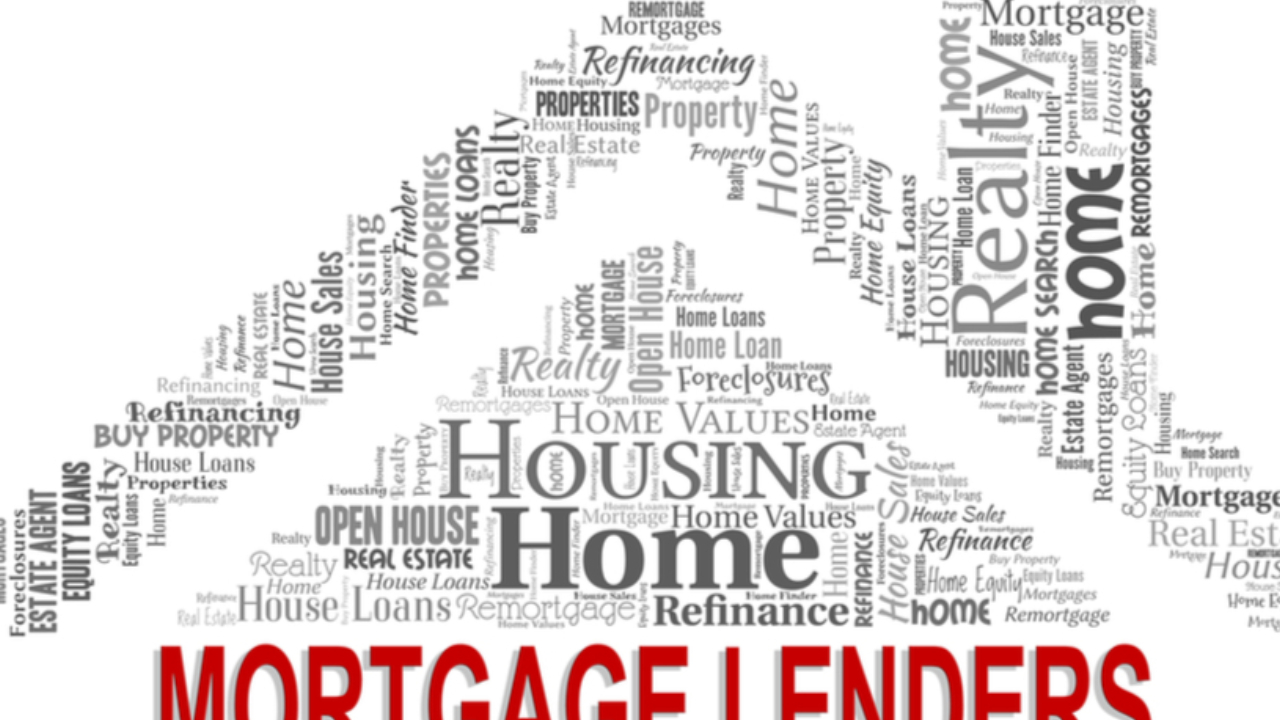
Once you have secured a home loan, the journey into homeownership truly begins. Managing your mortgage effectively is crucial for maintaining your financial health and ensuring a smooth transition into your new life as a homeowner. One of the primary components of this process is timely mortgage payment management. It is important to set up a system that allows you to make your payments consistently, whether through automated bank transfers or pre-scheduled reminders. Staying on top of mortgage payments not only helps you avoid penalties but also positively impacts your credit score, which may be beneficial should you need to refinance or secure additional loans in the future.
Speaking of refinancing, there are times when it may be appropriate to consider this option. Homeowners often choose to refinance their mortgage for several reasons, such as obtaining a lower interest rate, reducing monthly payments, or tapping into built-up equity. The decision to refinance should be made after careful assessment of your financial situation and the loan terms available. Consulting with financial advisors or mortgage professionals can provide valuable insights into whether refinancing aligns with your long-term financial goals.
Moreover, your home can serve as an important financial asset that may appreciate over time. As you build equity, you might contemplate leveraging it to fund significant expenses, such as home improvements, education, or investments. Alternatively, if your circumstances change, you may also consider selling your property. Understanding the real estate market and the timing of such decisions can greatly influence your financial outcome. Maintaining a pulse on your mortgage situation and the value of your property is essential as you navigate the responsibilities of homeownership. By managing your mortgage wisely, you can ensure that you enjoy the benefits of homeownership while safeguarding your financial future.
Conclusion
In summary, selecting the right home loan requires careful consideration of your financial situation, loan options, and long-term goals. By thoroughly researching different types of loans, comparing interest rates, and understanding the terms and conditions, you can make an informed choice that aligns with your budget and aspirations. A well-chosen home loan can facilitate the path to homeownership while maintaining financial stability and supporting your future goals. Approach the decision with diligence and foresight to ensure a successful and sustainable investment in your new home.






